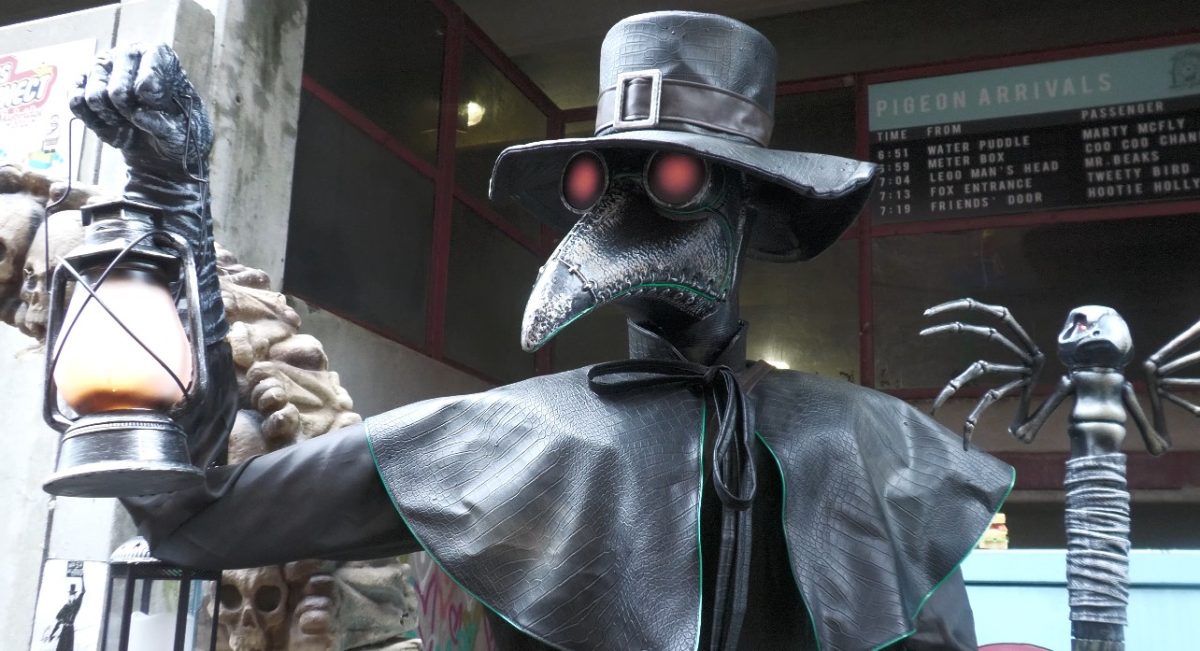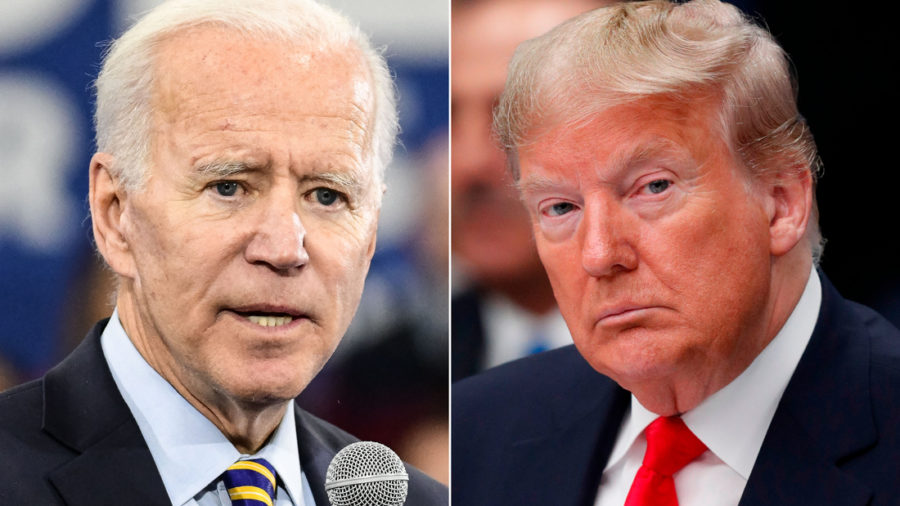The upcoming presidential debates between Joe Biden and Donald Trump will feature their stances on the biggest buzzwords of the last couple of decades: climate crisis and clean energy.
This topic will prove to be an especially apt one for voters due to the most recent California wildfires and Hurricane Sally. Scientists have warned the public that this could be a portent of future disasters, which they say is a consequence of the government’s indifference towards climate change as a whole.
Trump, if anything, has only added support to this claim. He blamed poor forest management for the California fires, which took place on federally owned forests. This has been the trend for Trump’s lackluster responses to climate change in the past, as he banks heavily on the fossil fuel industry for votes.
When California’s National Resources Secretary refuted Trump’s irresponsible claim that the climate will eventually “start getting colder” on its own, Trump answered, “I don’t think science knows.”
Trump’s plan for fighting the matter in hand is similarly unsatisfactory and feeble in front of the big issues we are bound to face in the future due to the erratic climate patterns. His plans only focus on job creation and saving costs by using coal and fossil fuels, not about investments in the clean energy sector.
Joe Biden, on the other hand, has embraced the expertise of scientists in his advocacy of climate change and has meticulously pursued their solutions. Biden has previously claimed Trump is a “climate arsonist” who denies climate change and its adverse effects on disadvantaged rural and urban low-income communities. So, he has made them the forefront of his proposal to change our response to the climate crisis.
Biden claims to reach a milestone of zero emissions by 2050. He promises an equitable clean energy future where new and sustainable jobs will be created to build a modern infrastructure. The areas that he covers in his plans are the auto industry, transit, agriculture, infrastructures, water resources and power sectors — far more than Trump’s coal and fossil fuel sectors.
His plan also claims that, through federal grant and loan programs, he will lead a ‘Second Great Railroad Revolution’, where the rail systems will be able to produce fewer pollutants. This plan will certainly create a better environment if the diesel fuel emitting trains are replaced. Additionally, the revival of good union jobs in this sector that enforce collective bargaining will make the employees better off than they are in the present.
Along with replacing old and inefficient forms of infrastructures, Biden pledges to invest in national laboratories for clean, nuclear-based energy solutions. By providing federal funding for research on new technologies, he hopes to fully realize a future of a pollution-free America.
On a micro-level, this plan also acknowledges marginalized and low-income families. He promises that, through low-cost upgrades in their home appliances, such as refrigeration and air conditioning systems, they will see a significant reduction in their energy bills. Furthermore, the basic right of people to have clean and safe drinking water is safeguarded in this plan, stopping another Flint water crisis in American communities.
When comparing the two candidates, it is clear that Biden has an upper hand in his scientific-based plan to stop an impending climate crisis. With this lengthy and elaborate plan, Biden is the leader people should vote for if they care about the urgent responsibility of tackling the climate crisis.
























